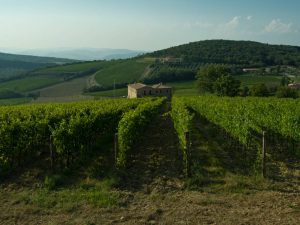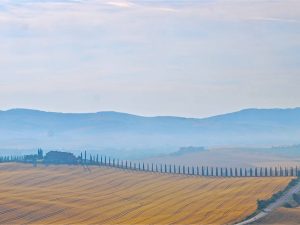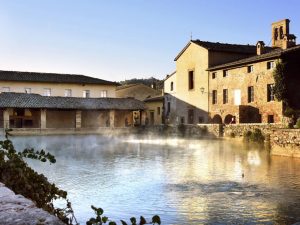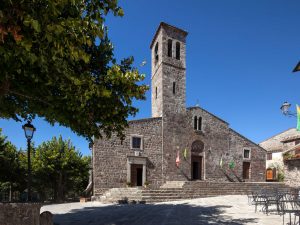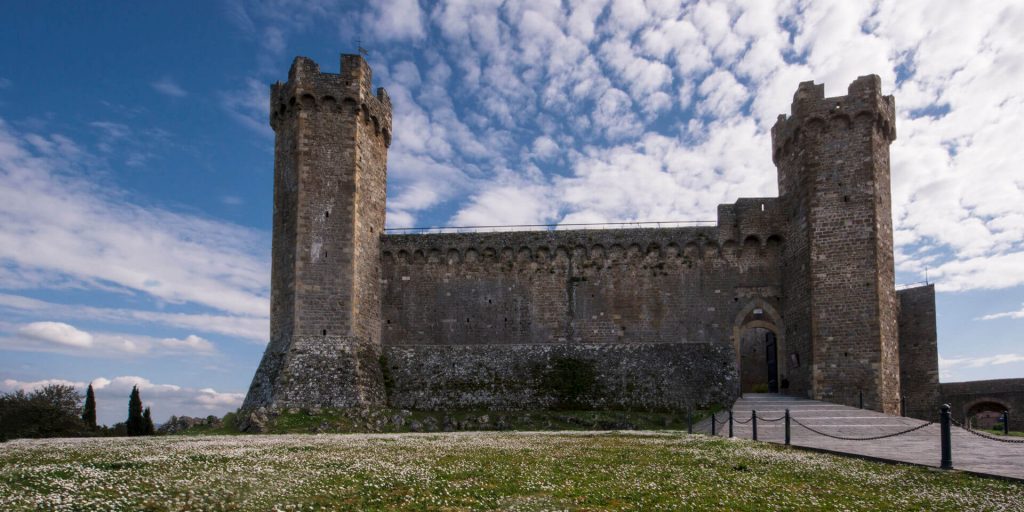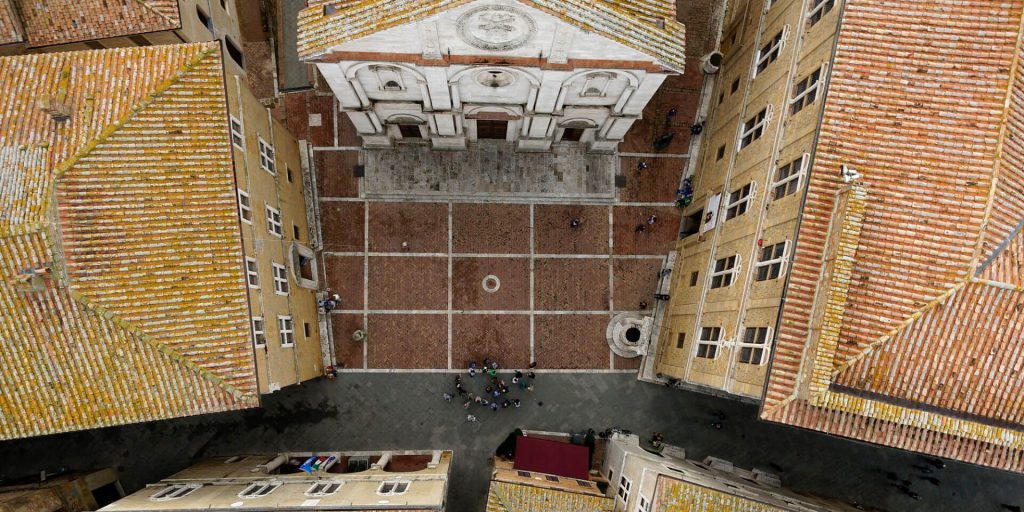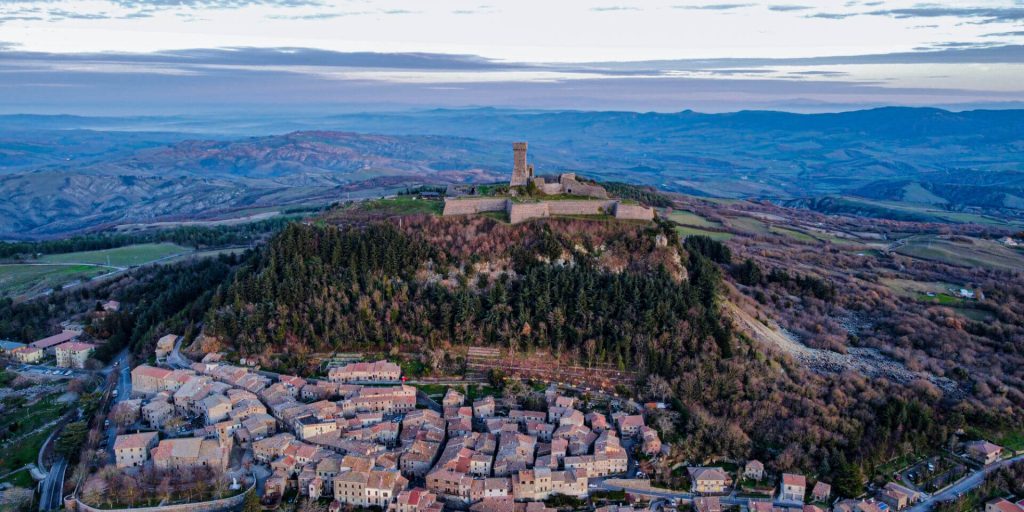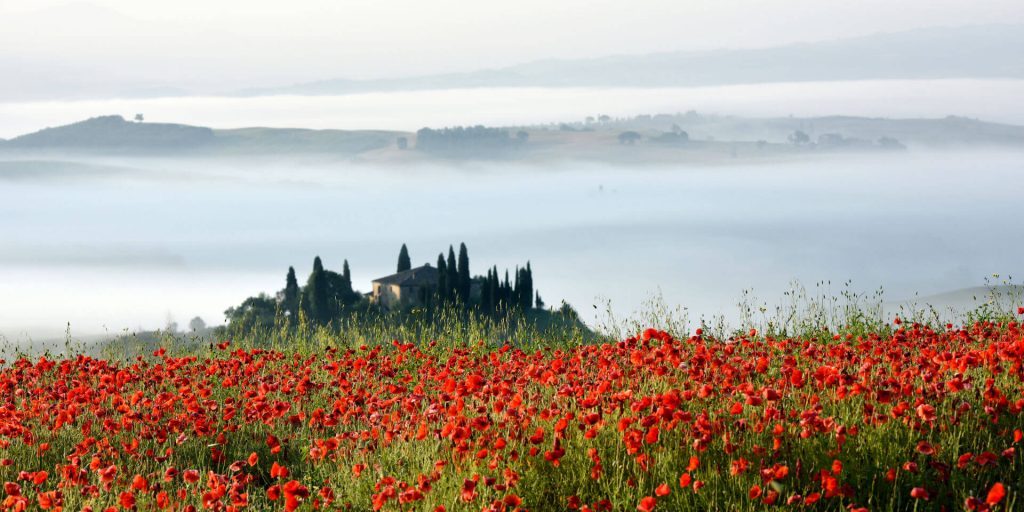In the multifaceted nature of the Val d’Orcia
Nature reserves, long rows of cypresses and centuries-old trees alternate with the geometrical beauty of the vineyards, in a multifaceted land to be fully discovered.
OUTDOOR

Val d'Orcia is an extraordinary land where the wonders of nature and the works of mankind melt together to create cultural landscapes of incredible value and beauty. The Artistic Natural and Cultural Park of the Val d'Orcia, on the other hand, was created exactly to protect the natural and artistic assets of the valley and landscape listed among the UNESCO World Heritage Sites.
The skyline of the countryside that colours the panorama is often marked by rows or groups of cypresses, a tree which is a symbol of this land which, even if it is not native to this area, has captured the attention of the Etruscans and the fantasy of artists since the Middle Ages. The most striking places where these trees can be admired are the result of human intervention, such as the iconic avenues and the famous stand of cypresses, where the air mixes with the unique scent of resin.
A different show is offered by the clay soil that distinguishes the protected area of the Nature Reserve of Lucciolabella. Here the landscape becomes drier, a few pioneer plants - such as Absenthium, Helichrysum and Artemisia Cretacea - cover the rocky formations called calanchi (ravines) and biancane (bare hills): if the former are like ridges forcefully rising from the soil, the latter are bare and grey hills, on top of which nothing can grow. The outdoor routes that cross the reserve enable to stroll in this fantastic scenery, reminding one of a distant planet that millions of years ago was covered by the sea: the best kept fossil in the world of a prehistoric dolphin was found here.
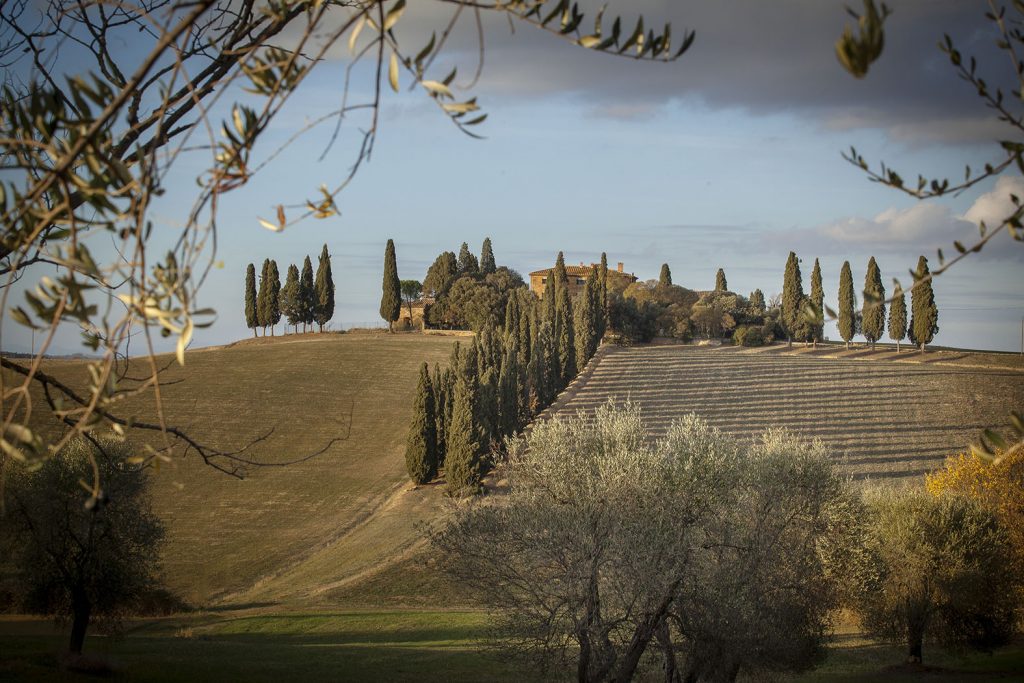
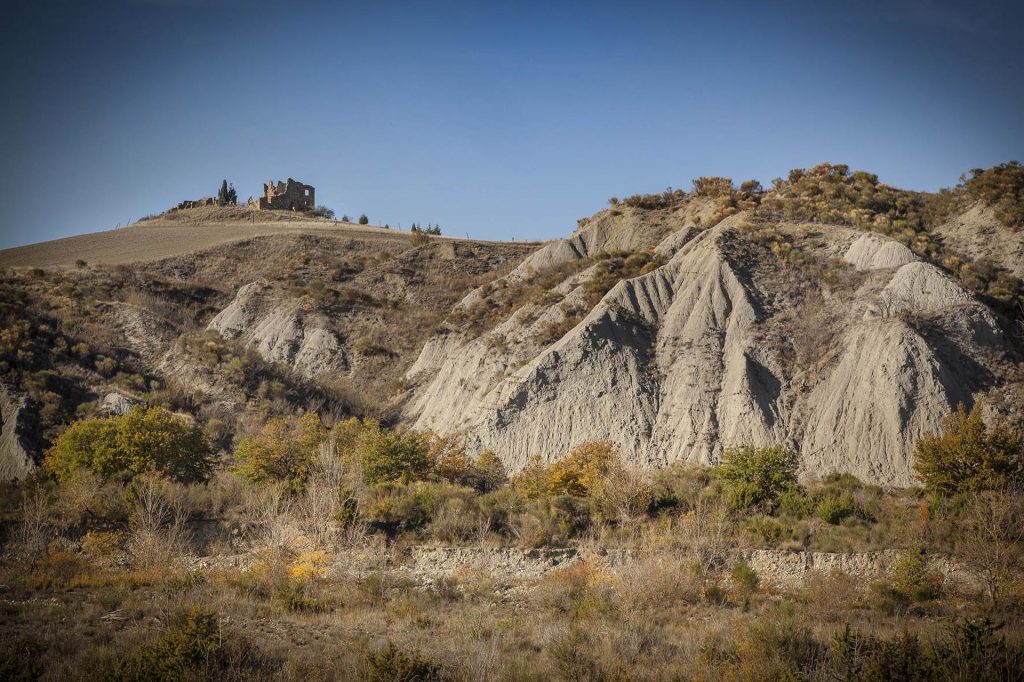
Not far from Lucciolabella there is one of the monumental trees of the Val d'Orcia, the Quercia delle Checche, also known as the Witches' Oak or the "Quercione” (Big Oak). Over almost four centuries of life, this tree has seen time going by: behind its large trunk the partisans have hidden to recharge ammunitions during the clashes of World War II, and over the years many visitors have paid tribute to this majestic tree. The Witches' Oak (so called with reference to the cecca or checca, a Tuscan term that indicates the magpie which probably nested there) is not the only monumental tree of the area, although it is the only one to have received the recognition of first green monument of Italy by MIBACT (Ministry for Cultural Heritage) in 2017. Other monumental trees are found among the woods around Vivo d'Orcia, where nature is more lavish and ancient, being untouched for a long time.
All the landscape of the Val d'Orcia, from the fields to the forests, is crossed by romantic unpaved roads and footpaths to be walked or cycled, with routes to explore every corner and uncover all the hidden beauties with the help of the official app.
OTHER ARTICLES
Discover the stories, excellences and small secrets kept in villages and in the landscape of Val d'Orcia.







